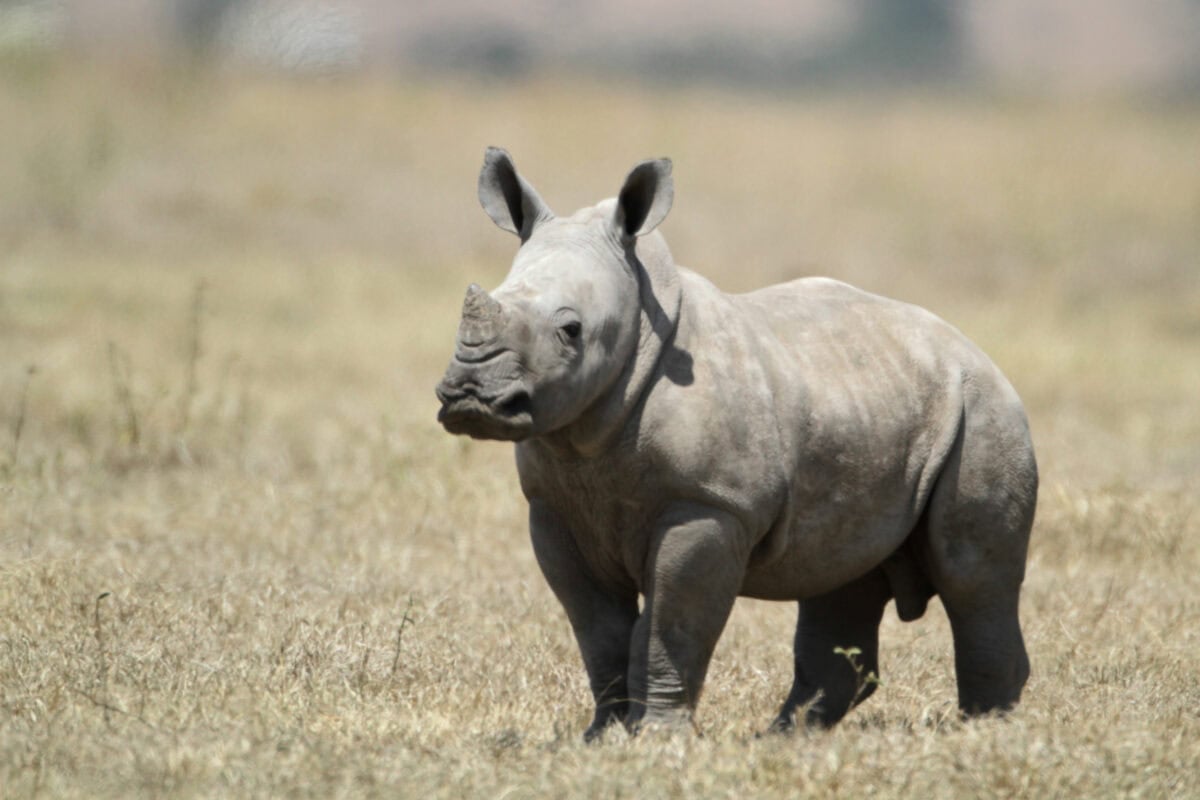Each year, the Brahmaputra River spills its banks and submerges much of Kaziranga National Park where Rhino’s roam. The floodwaters rise quickly, sometimes covering 80% of the reserve. And yet, the greater one-horned rhinoceros survives. Drenched, displaced, and disoriented—but never gone. Their resilience is not just biological—it’s generational.
Kaziranga, in Assam, holds over two-thirds of the world’s remaining population. In many ways, this is their last, wild stronghold.
A Horn That Haunts

The rhino’s horn is both its curse and commodity. Though it grows like fingernails—keratin, not ivory—it’s sold for tens of thousands on the black market. Despite armed patrols, surveillance towers, and local intelligence networks, poaching remains a threat.
In 2023, four rhinos were killed for their horns. Compared to decades past, that’s progress. But every death chips at the resilience of a species whose numbers are slowly rebounding.
Grasslands Under Siege

Kaziranga’s grasslands are shrinking—pressured by invasive plant species, encroaching settlements, and road construction. When the floods recede, the rhinos must navigate a changed terrain, often littered with plastic, power lines, and the remnants of illegal fishing traps.
“People think rhinos are tank-like,” says forest guard Anil Gogoi. “But they’re sensitive to change. Every lost patch of grazing weakens their routine, their health, their breeding.”
Man and Beast

Locals have coexisted with rhinos for generations—revering them in folklore, fearing them during crop raids, and guarding them in the face of poachers. Yet, growing population density has made that balance harder to maintain.
Tourism brings income but also tension. Vehicles jam up dirt roads during high season. Some guides turn aggressive to meet photo demands. Rhinos, naturally solitary, are under constant watch. Even resilience has limits.
A Wetland Future

Despite everything—poachers, floods, politics—Kaziranga’s rhinos endure. Not untouched, not invincible, but enduring. In an age of extinction, that itself is a kind of miracle.
Their resilience is a lesson, not a guarantee. If this last enclave falters, there may be no second chance.
- Masters of Disguise: The World’s Most Elusive Animals - June 30, 2025
- How to Tell if Your Dog is Happy - June 30, 2025
- How to Tell if Your Cat is Happy - June 30, 2025

